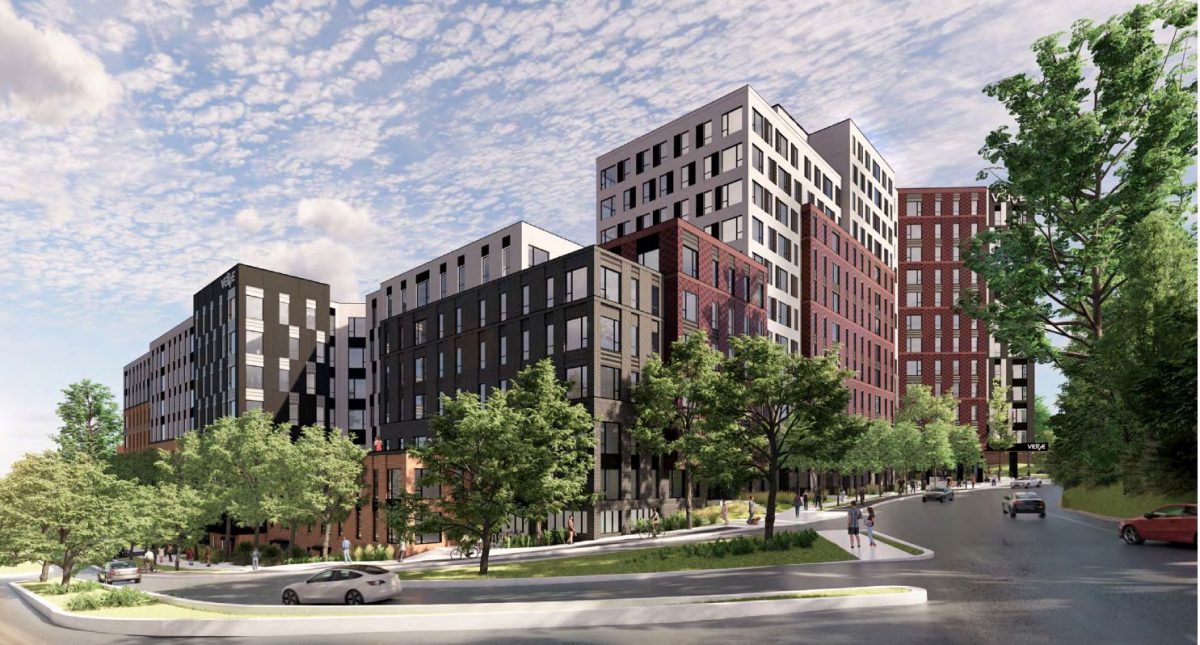Every quarter, the real estate firm Cushman & Wakefield | Thalhimer puts out a list of facts about each market it serves. According to its final fact for the Charlottesville market, “More than 2,000 multifamily units have been built since the start of 2020, expanding the total inventory by more than 16 percent.”
Such numbers are snapshots into what’s been happening in the built environment at a time when both Albemarle and Charlottesville are seeking to lower barriers to construction of new units. Both also want to augment policies to guarantee some of the units are kept below market.
A housing policy adopted by the Albemarle Board of Supervisors in July 2021 said the county needed to build 11,750 units over the next 20 years.
Every quarter, Albemarle publishes a list of building permits issued, as well as another document that’s required before anyone can move into a new unit.
Albemarle issued 1,143 total certificates of occupancy in 2020, 960 in 2021, 779 in 2022, and 388 through June 30 of this year. Notable developments in that time include single-family homes at North Pointe, apartment buildings at Brookhill, and the first few homes at Southwood.
In Charlottesville, the Cville Plans Together initiative seeks to change the rules for building to significantly increase the number of homes for rent and sale that can be built within city limits.
However, the city does not make information about what’s actually built readily available, nor is the land use reform process driven by a specific target number of units. Requests for further information and clarification were sent to the city’s Freedom of Information Act officer, who did not respond by press time.
A housing needs assessment was conducted for Charlottesville in 2018. That study cited the U.S. Census Bureau’s American Community Survey, and stated that there were 19,886 housing units in Charlottesville in 2015, with 51.5 percent of them single-family detached. The ACS estimated 44,620 in Albemarle that year, and the total figure for the metropolitan area was 99,246.
Parsing that data for comparable results can be tricky but crucial to measuring the region’s housing supply and tracking whether more units will translate to a stabilization or lowering of rents and sales prices.
On October 11, Charlottesville City Council will be able to speak about these topics with a top demographer at the University of Virginia’s Weldon Cooper Center for Public Service. Hamilton Lombard, Weldon Cooper’s estimates program manager for the Demographics Research Group, said Cushman & Wakefield’s numbers “sound correct.”
Many more units are slated to be built in Charlottesville, even without a new zoning code.
Recently, council sat in on a public hearing for a rezoning to replace 62 units on Stadium Row with over 500 units. In the coming months, the Planning Commission will review site plans for around 170 new units on Stribling Avenue, dozens of units at 2117 Ivy Rd., and Piedmont Housing Alliance’s redevelopment of the MACAA site on Park Street.
